As dozens of tourist buses, broadcasting vans and police-led motorcades flood the roads, residents of this small Polish city don’t even stop to look.
To them, it’s a biannual occurrence — on International Holocaust Remembrance Day and on Yom Hashoah. As regular and unfailing as a season change, the influx is taken as a matter of course in this town bordering the grounds of Auschwitz-Birkenau, the labour and death camp that the Nazis built near Krakow.
But it’s a deeply moving experience for many of the 9,000 people participating in this year’s March of the Living. The commemorative walk across the former death camp’s grounds brings delegations from multiple countries and Jewish communities on Israel’s national day of mourning for the victims of the genocide.
On January 27, International Holocaust Remembrance Day — the dead of winter — the annual events at Auschwitz-Birkenau are part of a high-level international conference and attended by many heads of state.
By contrast, the March of the Living offers a more Jewish and more informal setting that features a unique melange of old and young. On the former camp grounds, sorrow, shock but also pride and gratitude are on display against the background of the lush Polish spring.
This year marks the 35th March of the Living. Its theme, in a nod to Wednesday’s 80th anniversary of the Warsaw Ghetto Uprising, is Holocaust-era heroism.
Some participants are regulars; others are attending the march for the first time.
One of them is 19-year-old Dov Forman, an Orthodox Jew from London who during the COVID-19 pandemic became world-renowned for posting on social media about the Holocaust survival story of his great-grandmother, Lily Ebert.
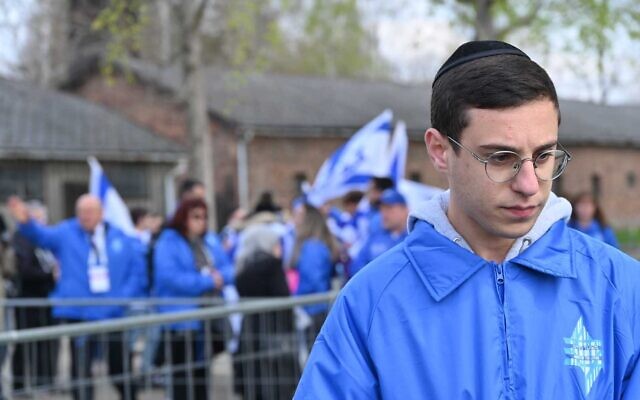
“The diversity of the delegations surprised me,” said Forman, who first visited Auschwitz-Birkenau only two months ago. “There are non-Jews, also on the UK delegation to which I belong, Jews of all kinds, from many countries, rabbis, journalists.”
“So many flags. Many Israeli flags. It’s quite special, I don’t think you’d experience this on many other occasions,” said Forman, who attended the march with his mother, Nina.
The plethora of Israeli flags was especially powerful for Forman, who calls himself a Zionist.
“My brother’s a lone soldier in the Israeli army, which we’re incredibly proud of. For me and my great-grandmother, who survived this place, Israel has always been the safe haven. When you see the flag you can’t not be proud, especially in a place like this, where it’s almost unfathomable,” said Forman, who has millions of followers on social media.
As in previous years, the first sight at Auschwitz for many delegations as they alighted from their buses was members of a group of Zionist Christians from Korea, who waved Israeli flags, blew shofars and sang Israeli folk songs. After a short walk, visitors encountered the iconic “Arbeit Macht Frei” (German for “Work Sets You Free”) metal sign at the entrance to the camp – a bone-chilling testament to how the Nazis used deception and the offer of false hope to ensure their prisoners’ obedience right up to their murder.
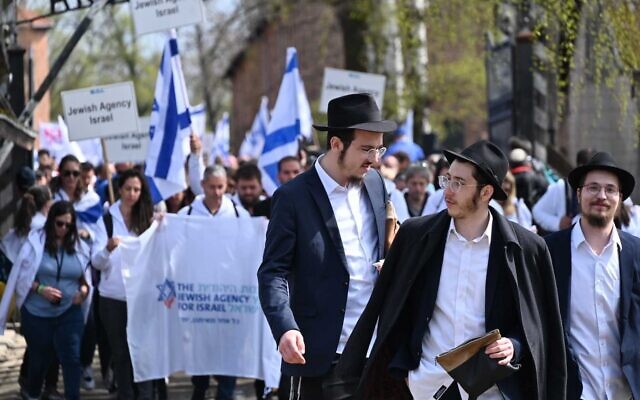
Some visitors, such as Christina Perez, a mother of two from Argentina, broke down in tears as they reached the sign. Others, especially Israelis, burst loudly into song, including “Od Avinu Chai” and Hatikvah, followed by enthusiastic applause. Across the camp, the songs echo in a multitude of accents, sung by Jewish youth movement members from all over the world.
This year’s march includes 40 Holocaust survivors and their children.
“I find it a duty, to show others that we survived, but also to remind ourselves exactly what we survived and how,” said one of the survivors, Halina Birenbaum, 93. Before arriving at Auschwitz, she lived through the Warsaw Ghetto Uprising and survived a gas chamber at the Majdanek death camp (the Nazis ran out of poison after she was locked in with other would-be victims).
Also attending the three-kilometre march through the camp were dozens of dignitaries and VIPs, including Italian President Sergio Mattarella, Israeli Education Minister Yoav Kisch, Chief Ashkenazi Rabbi David Lau, United States Ambassador to Israel Tom Nides and his predecessor, David Friedman. Also attending was Ahmed Al Mansoori, a former member of the United Arab Emirates Federal National Council, who founded that country’s first Holocaust exhibition in one of his art galleries in Dubai
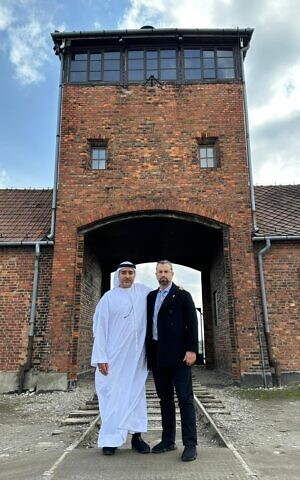
Ifat Ovadia-Luski, the chairwoman of the Jewish National Fund-Keren Kayemet LeYisrael, a major Zionist charity, gave a speech and addressed the often-overlooked ideological split that divided the uprising heroes even as they faced near-certain death by a common enemy.
In a subtle reference to present-day divisions among Jews in Israel over the judicial overhaul, Ovadia-Luski recalled that the uprising comprised two separate groups, a right-wing Revisionist militia led by Pavel Frenkel and a Socialist one under Mordechai Anielewicz.
“The rebels had a common cause but they had different worldviews,” Ovadia-Luski said. “They encouraged one another but also argued. They had one cause but fought apart, and died without having reconciled their differences.”
The March of the Living annually features seven torchbearers – six for each million Jews murdered and another one celebrating the birth of the State of Israel.
Two of the bearers this year, Nides and Friedman together, symbolise a bipartisan commitment to Holocaust commemoration and support by the US for Israel. Another is Haim Taib, an Israeli businessman whose Tunisia-born father and grandfather were survivors of the Holocaust in North Africa. This year is the first time that March of the Living dedicated an element in its program to that lesser-known chapter of the genocide, in which thousands of Jews were held and died in concentration camps in Tunisia, Libya and Morocco
To Mark Wilf, a US businessman and chairman of the board of governors of the Jewish Agency for Israel, the march represents a rare display of unity at a time of great divisions.
“When you come to a place like this, your perspective is realigned,” said Wilf, who is also a torchlighter. “You realise how bigotry, intolerance, racism, antisemitism and xenophobia, those types of things and words, can lead to horrors.”
JTA

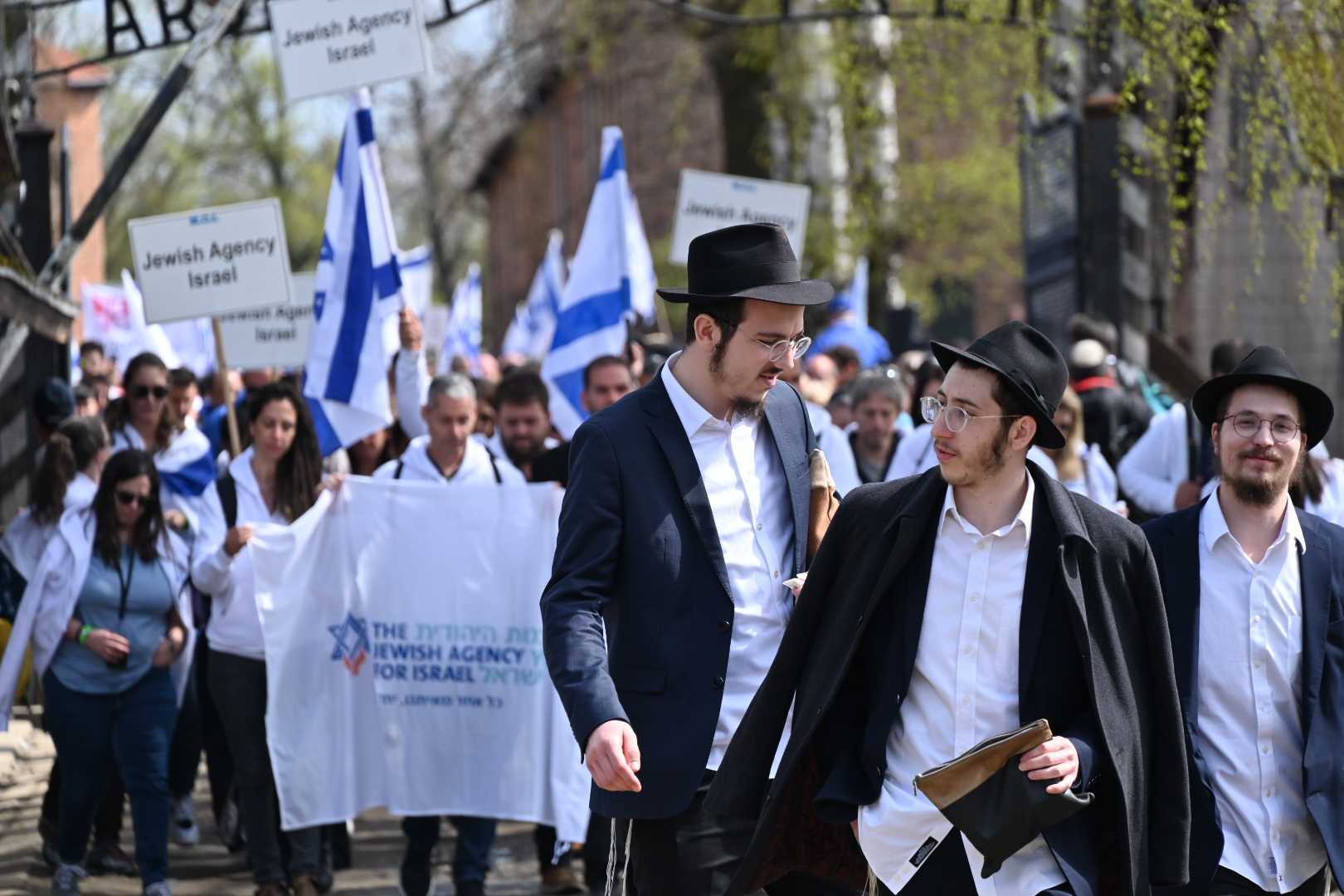
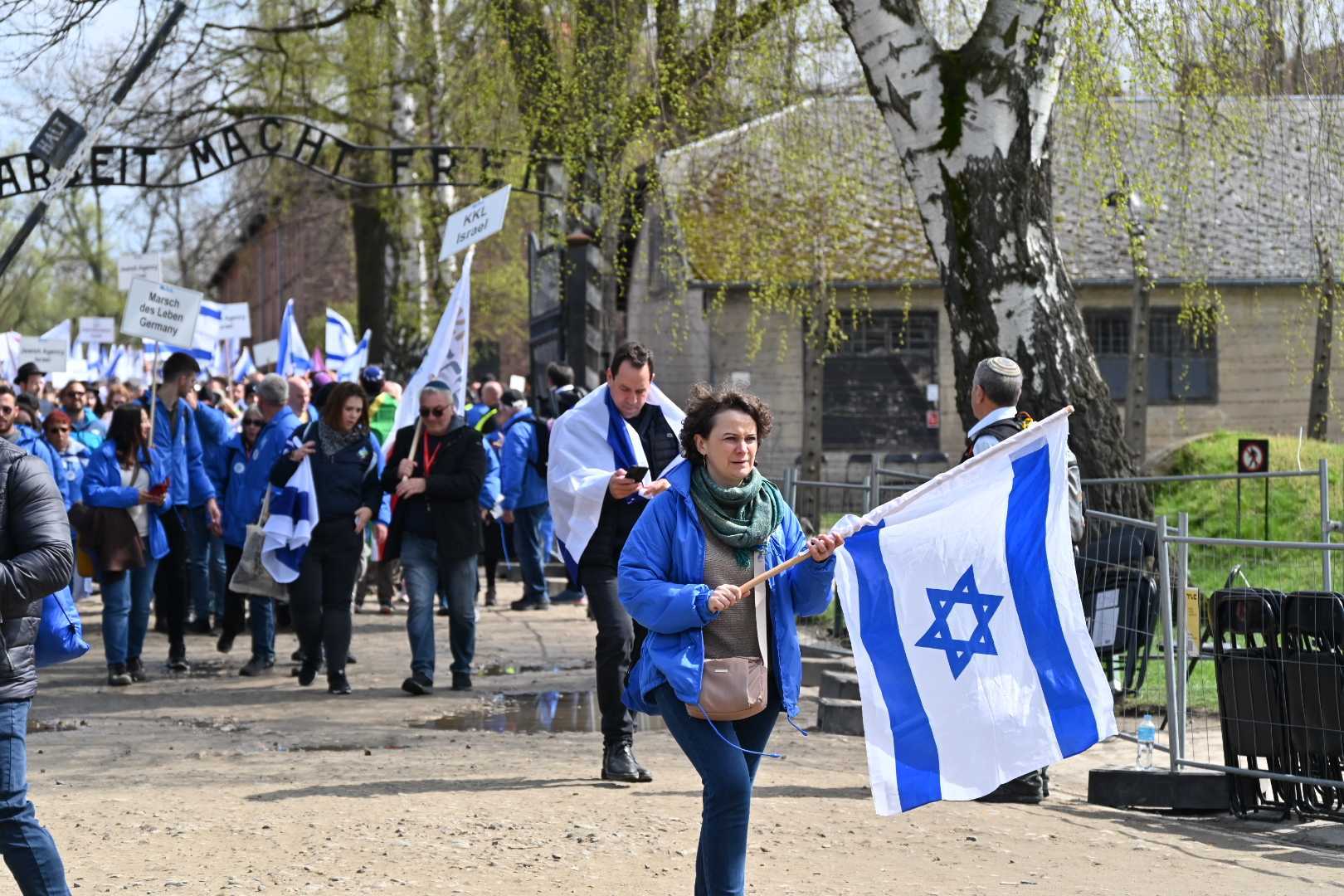
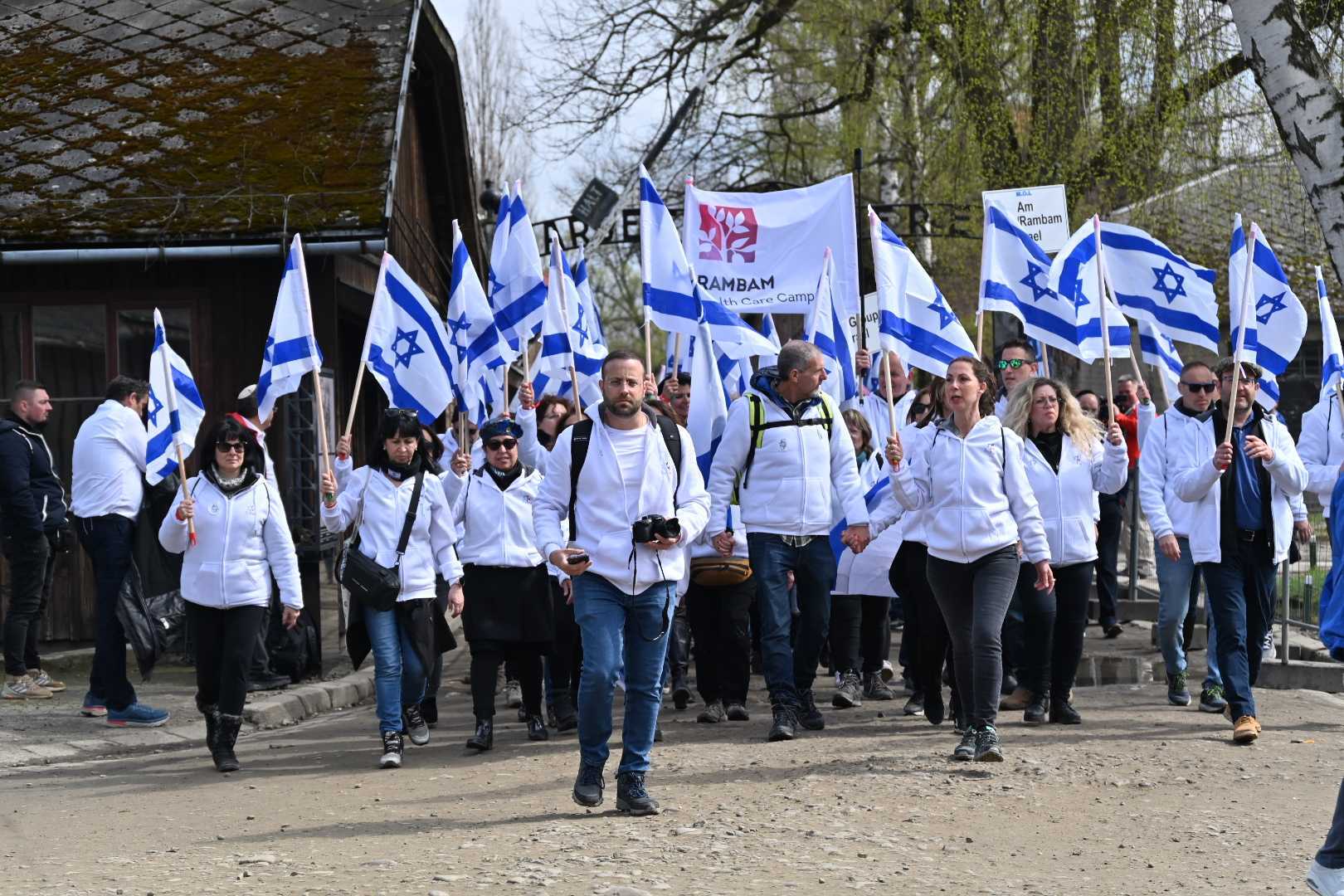
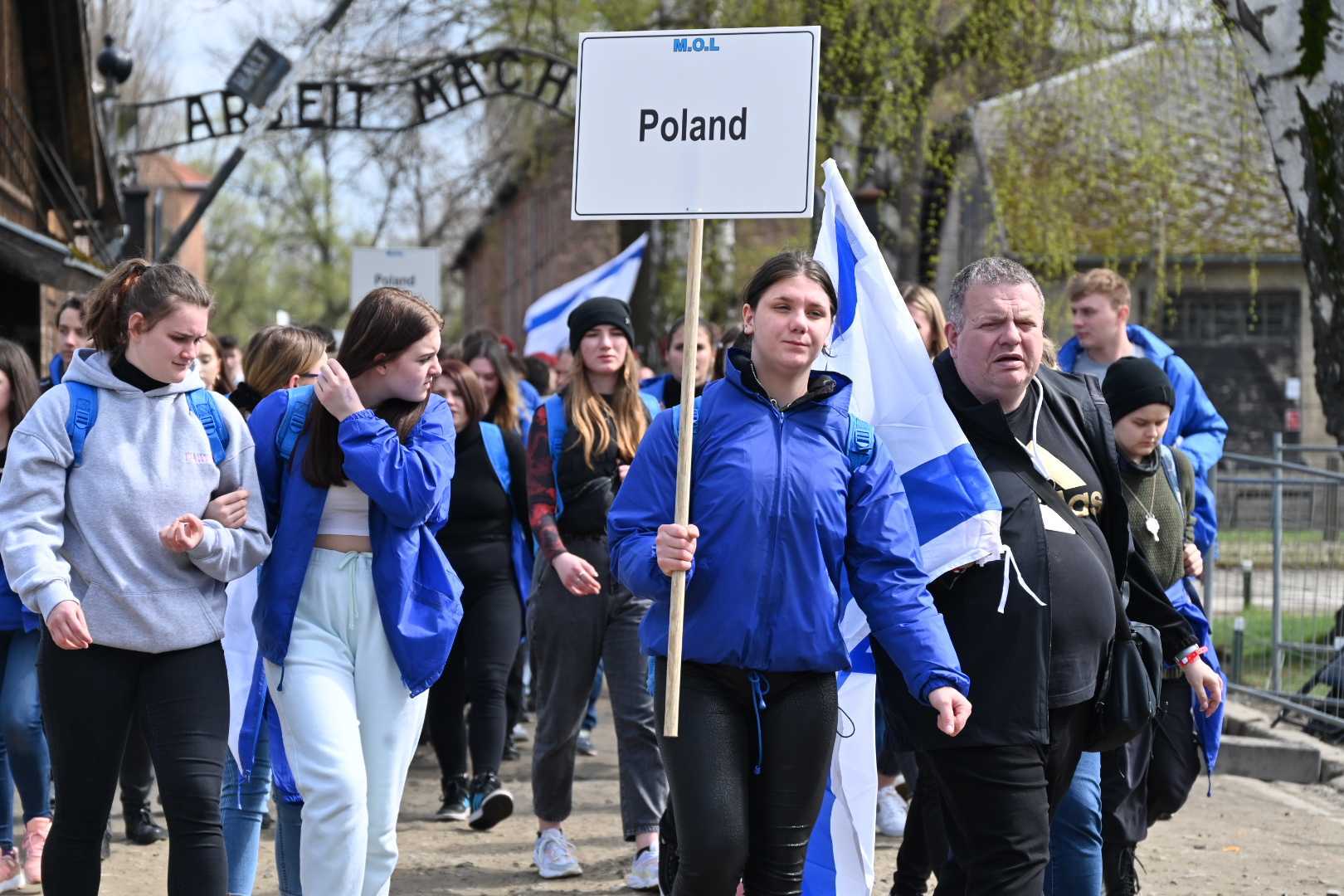
comments